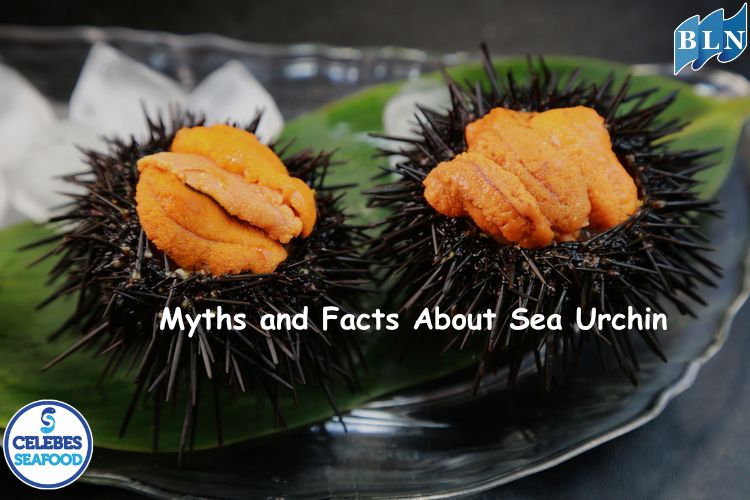6 Essential Nutrition Content in Anchovies
By. Nevanda - 22 Aug 2023
lautnusantara.com - Anchovies are a rich and diverse source of nutrients. Small in size, anchovies pack a nutritional punch in every bite. Rich in high-quality protein, heart-healthy omega-3 fatty acids, and a wide array of essential vitamins and minerals, anchovies have long been prized as a valuable food source. Let's take a closer look at the nutritional content that makes anchovies a smart choice for maintaining our health and nutritional balance.
The nutritional content of anchovies may vary slightly depending on the type of anchovy and how it is processed. Here are some of the common nutritional components found in anchovies:
Read also: Perfect Black Pepper Shrimp Recipe for Your Culinary Adventures
1. Protein
Anchovies are high in protein. Protein is an essential nutrient for building and repairing body tissues.
2. Omega-3 Fatty Acids
Anchovies contain omega-3 fatty acids, especially eicosapentaenoic (EPA) and docosahexaenoic (DHA) acids. Omega-3 fatty acids are important for heart health, brain function, and the nervous system.
3. Vitamins
Anchovies also contain various types of vitamins, such as vitamin A, vitamin D, and vitamin B12. Vitamin A is important for eye health, vitamin D supports bone health and the immune system, while vitamin B12 is necessary for red blood cell production and proper nerve function.
Read also: Step by Step to Steam Mussels Properly
4. Minerals
Anchovies contain important minerals such as calcium, phosphorus and selenium. Calcium and phosphorus are minerals that are essential for healthy bones and teeth. Selenium has a role as an antioxidant in the body.
5. Iron
Anchovies also contain iron, which is necessary for the formation of red blood cells and oxygen transportation in the body.
6. Sodium
It's worth noting that anchovies can also contain high levels of sodium, especially if preserved with salt. Excessive sodium consumption can result in high blood pressure and other health problems.
It is important to note that the nutritional value of anchovies may differ depending on the size of the fish, the species, as well as how it is processed or cooked. If you want more specific nutritional information, it is advisable to check the nutrition label on the packaging or look for reliable sources of information.
Read also: Creating Exquisite Japanese Dish: Namasu








